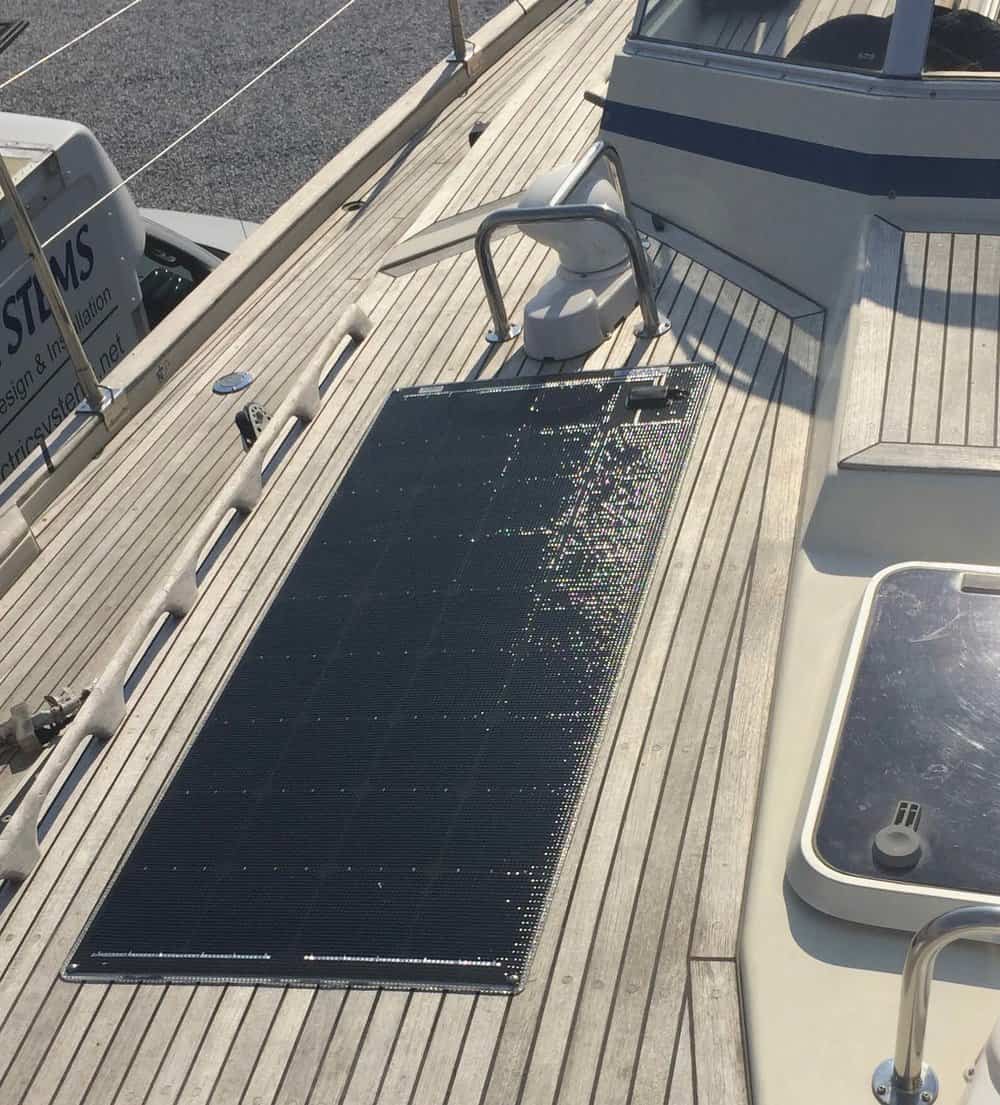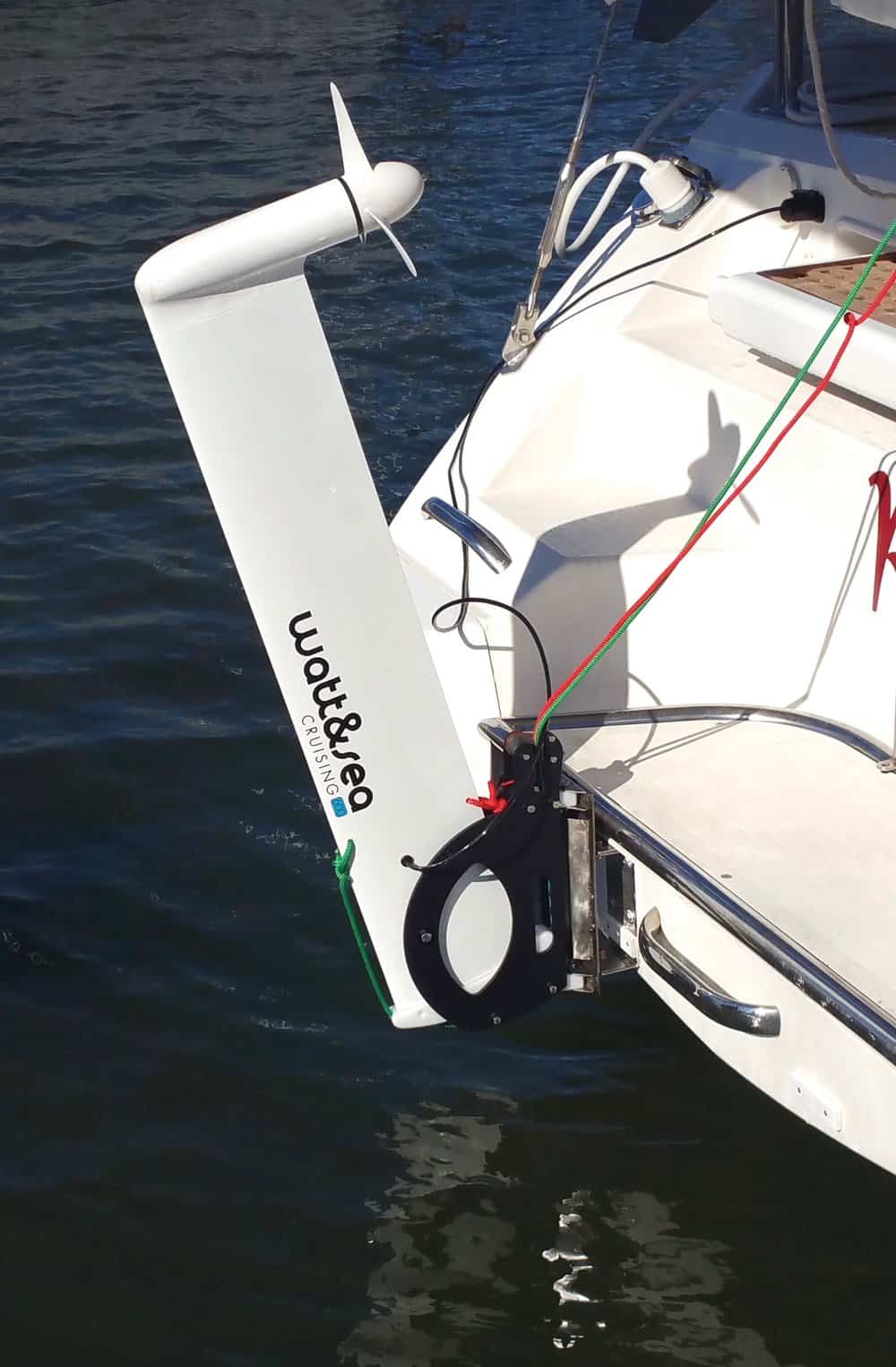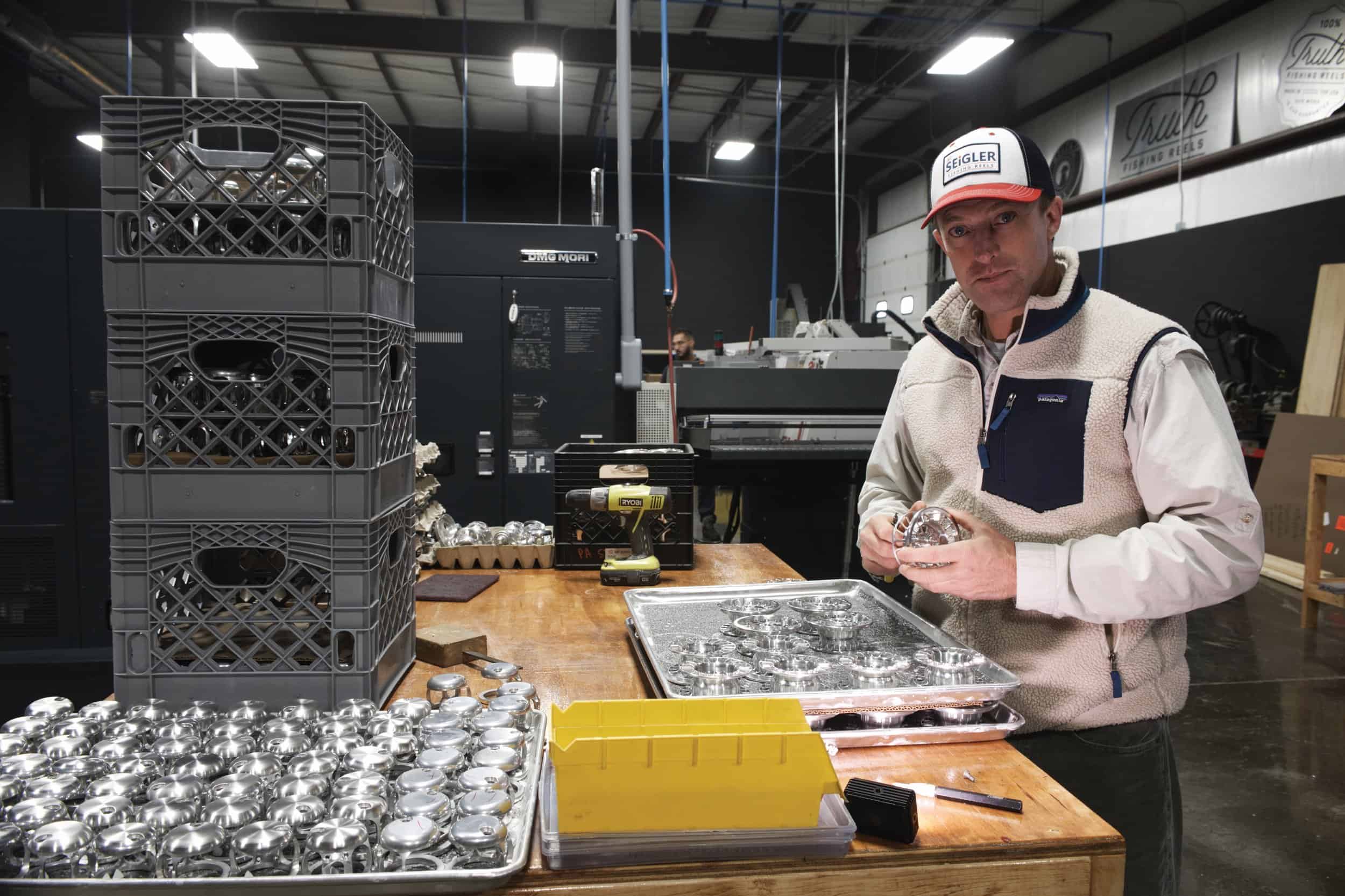Cruising the Chesapeake and its many tributaries is one of life’s great pastimes. Whatever motivates us to seek out a quiet harbor will also require us to evaluate the DC power system on our boat. Stored energy in our batteries can only support our equipment and creature comforts for so long before they need recharging, which requires us to start a generator to power the battery charger, or run the main engine for the alternator to do its work. But, there are other choices. An alternative green energy system can reduce the recharging times required and even extend the life of our batteries.
Here are the options:
Hydro-generators can be very efficient for sailors on long passages. These involve trailing a propeller through the water attached to a generator, which produces electrical power while sailing. However due to the very high initial cost, a Bay cruiser (even one that makes an occasional Bermuda, or coastal trip) would be hard-pressed to justify the payback. These devices only work when underway. So, in our serene anchor-out example, they are of no benefit.

Wind generators are wind turbines mounted on poles high enough that you should not be able to reach up and touch the blades. As the wind velocity increases, so does the amperage returning to the batteries. There are a number of different models on the market, but the average output of the top eight generators in a 12-knot breeze is 3.6 amps. It’s closer to a 20-knot breeze where these really start producing, averaging a 16-amp output.
In the Chesapeake Bay, where the average wind speed from May 14 to October 6 is 8.2 mph, and taking into account the noise produced while spinning and a need to control them when subjected to, say, a high-wind summer thunderstorm, the choice of a wind generator is also hard to justify, unless we spend the winter cruising in the Caribbean trade winds.
That leads us to solar panels.

Solar panels are available in a number of configurations and sizes, which allows us to select one to suit our boat layout. Most people are familiar with the rigid, aluminum-framed glass panels installed on some homes today. These can be purchased from many sources in a variety of sizes, and are the most economical. On some boats, these require a support frame substantial enough to withstand severe thunderstorm winds, which will add substantially to the cost.
Solbian offers a panel that is very thin with a 1/16-inch-thick polycarbonate backing, which allows it to be flexible and light enough to mount directly on a canvas top. While the panel is more expensive, the mounting is less costly.
The German company Solara manufactures several panels, one with a rubber-like plastic face; another aluminum-backed panel that can be walked on for mounting on decks (although you don’t want to scratch it); and a tempered glass panel with an aluminum frame, similar to the solar home panels.

Both manufacturers offer enhanced photovoltaic cell options to make the panels more efficient, but at higher costs.
The objective is to obtain the maximum coverage that fits the boat, although most people assume (or maybe it’s wishful thinking) that one small panel will produce all the power they need. In some cases, where a boat is on a mooring all week with all equipment turned off, a single large panel might keep a battery topped off, but when anchored out, sailing, and living aboard, it will take a lot more surface area to keep up with demand. Rather than wing it with the trial and error method, consult a professional electrical technician who specializes in alternative energy systems before buying panels.
Installed correctly and exposed to the sun, a solar panel system will quietly produce electrical power to run your DC equipment and help recharge the batteries, leaving you free to enjoy the solitude or raft-up party. Or maybe we are supposed to be fishing?



